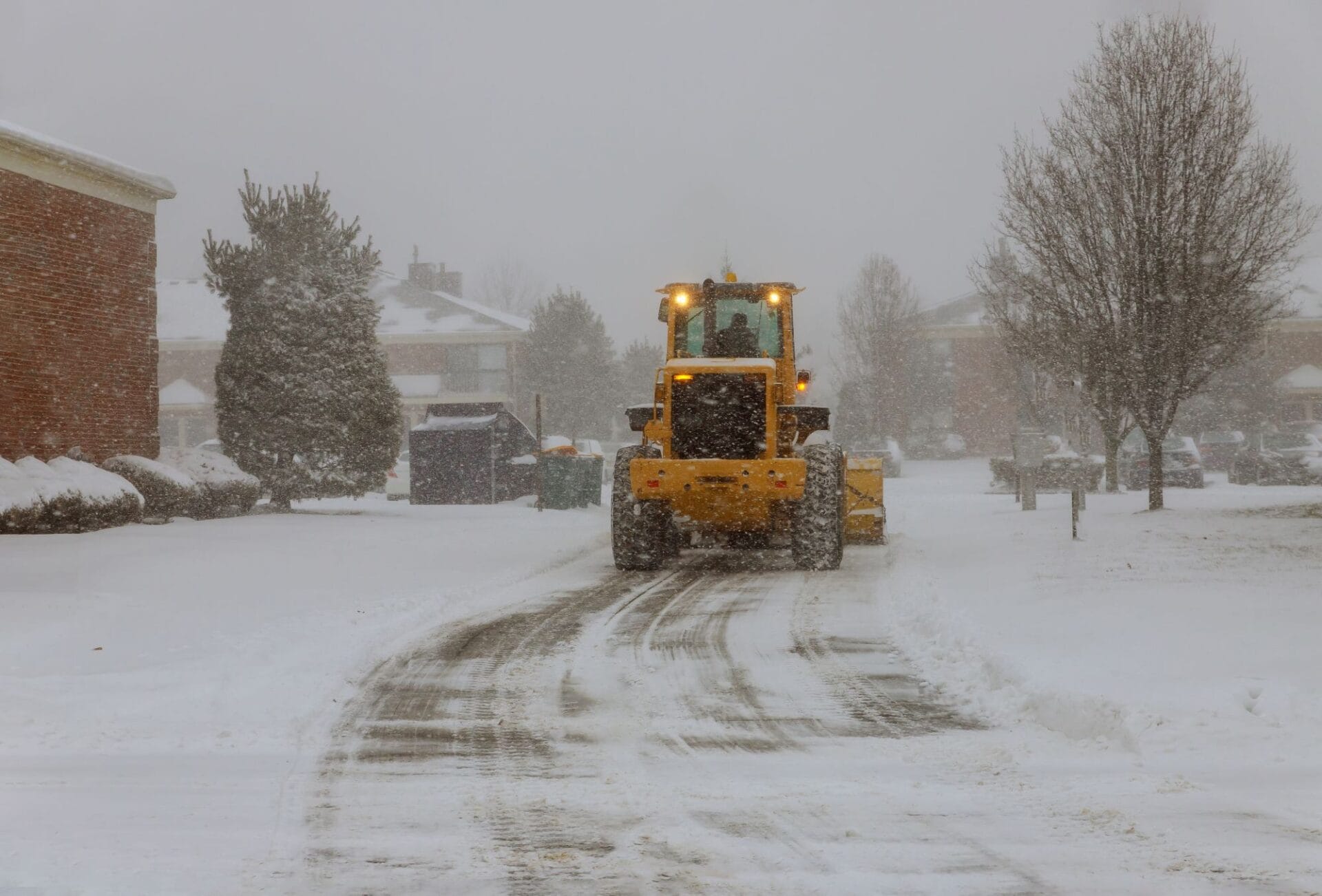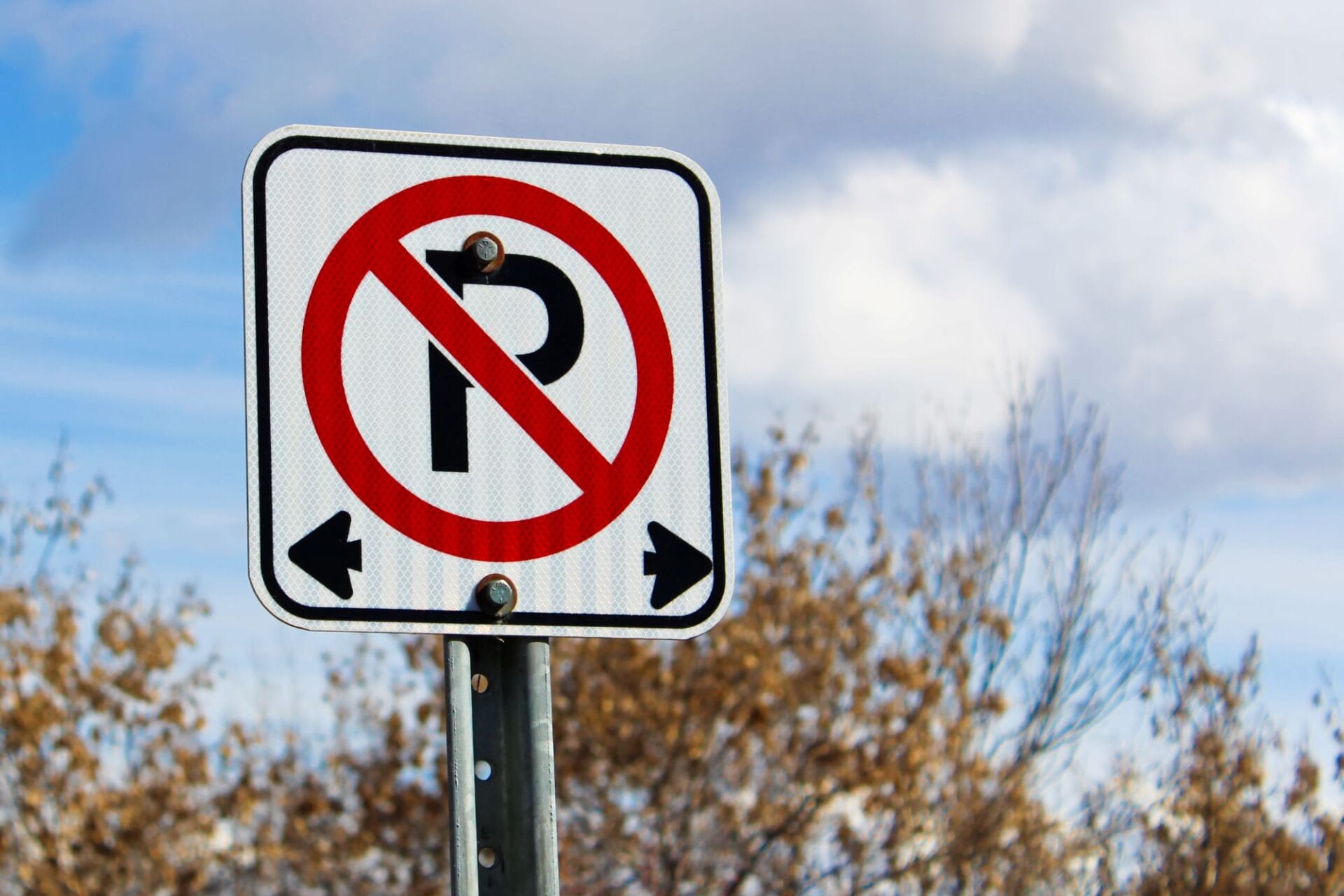White fluffy snow can bring a touch of magic to frigid winter nights. But, it can also create chaos and danger for people who need to be outside during or after a big snowfall.
HOA communities must be prudent about snow and ice management in order to minimize slips and falls, as well as liability claims, during the winter months. Many associations hire a snow removal company to help them effectively manage this responsibility.
Table of contents
- Are HOAs obligated to remove snow from the community?
- Snow removal contracts
- Pretreatment considerations
- Do monthly fees cover the cost of snow removal?
- Work together to keep the HOA safe during the winter
However, managing owner expectations can be almost as challenging as maintaining the property. Since every association has different rules when it comes to snow removal, the lack of standardization can frustrate owners.
By communicating snow removal policies early and often, your association can establish realistic expectations before the first big snowfall.
Are HOAs obligated to remove snow from the community?
HOAs must ensure that roads and common areas are clear of snow and ice, but answers vary when it comes to sidewalk and driveway maintenance. Some communities pay more to have snow cleared from owner lots, while others expect owners to do the shoveling.
While it would be unrealistic to expect an association to keep roads and sidewalks completely snow-free, it must act reasonably when it comes to snow removal.
Public road maintenance traditionally falls under the responsibility of the city or county, but it’s not uncommon for HOAs to have full responsibility for snow removal.
Snow removal contracts
If the HOA hires a company to remove snow, it will need to sign a contract to solidify an agreement between the parties.
A contract for snow and ice treatment will have specific terms for what is treated, and when those services are triggered.
There are three common types of contracts that companies present to community associations:
- Per push contract – The HOA pays the company each time its services are required. Per push contracts are ideal for smaller associations or communities that don’t get a lot of snow.
- Seasonal contracts – These contracts typically extend for 2 or 3 years. They allow the HOA to pay the same amount of money for the same time frame each year, regardless of how many times the company’s services are required. Seasonal contracts are best for larger associations or communities that get a lot of snow.
- Full-service seasonal contracts – Full-service seasonal contracts cover all snow clearance events for one price, and include extra services such as walkway clearance and pretreatments.
Get a clear explanation of when snow removal service occurs, and what is covered
Extent of coverage
A snow removal contract should clearly spell out what services the company will perform for the community. It should also define which areas the company will handle. Some HOAs want complete service, meaning owners don’t have to shovel sidewalks and driveways after a certain amount of snow has fallen. Others expect owners to do their own snow removal. Don’t forget to ask if the company is going to clear the snow around fire hydrants.

Unusual circumstances
Make sure the association knows what will happen if, for example, there are hindrances such as broken tree branches blocking the roads.
Timing
Most importantly, the contract must state when services begin, and how long they will take to complete. Owners often assume that snow removal will happen as soon as there is a dusting of snow on the ground. But in reality, most companies don’t clear a property until at least 2 inches of snow have settled (and sometimes that minimum is 4 inches).
The company might come automatically, but it could be more of an on-call service situation, especially if the HOA has a per push contract.
Moreover, a plow might not show until a few hours after the snow has stopped. That’s because they still have other companies to care for, and they may require more immediate attention. Don’t be surprised if the work is completed 6 to 8 hours after the snowfall ends.
Note that sometimes, during heavy snows, the crew may plow just the end of owner driveways at the start, and then come back to complete them later. This practice might annoy owners, but if they are aware of it, they are at least less likely to complain about it.
Fees, insurance, and more
The contract must give the HOA a clear idea of how much it will pay per season. Fees could be charged based on frequency of service, an hourly rate, or a flat seasonal rate.
The snow removal contract should also include details on the materials the company will use, where it will put the removed snow, where it will store materials (if applicable), and what, if any, preventive measures it will adopt.
Liability information and insurance coverage must also be included in the contract. The company should have the proper insurance policies to protect both itself and the HOA. This includes liability insurance and worker’s compensation. Accidents happen with this kind of work, but the HOA shouldn’t have to pay for them.
It is okay to ask a company to provide proof that they have completed the work that it was paid to do. Some contracts require the company to document snow removal efforts. In addition to gaining peace of mind, these records can be used if there are ever issues that need to be settled in court.
As a best practice, always have an attorney review any contract before it is signed by the board.
Pretreatment considerations
Pretreating surfaces at least 24 hours before a storm can significantly reduce accidents by preventing ice and snow from piling up. Even if your snow removal company takes care of owner lots, salting may not be included.
Some communities may need to designate volunteers to salt roads and sidewalks. If the company is willing to provide pretreatment services, it will be an additional cost to owners.
Do monthly fees cover the cost of snow removal?
More often than not, HOA fees do cover the cost of snow removal, but only for common areas. If snow removal services are provided for individual properties, owner fees will need to be increased.
Again, even if owners are paying more to have their driveways cleared, they still may need to do some shoveling if less than 2 inches of snow is on the ground.
Make sure owners are clear about what services the HOA will provide, and what is expected of them.
Work together to keep the HOA safe during the winter
Of course budget will play a big role in the type of service your HOA receives. If there are volunteers who will reliably shovel snow and put salt on sidewalks, you may be able to reduce your snow management budget. You may even find that your owners get to the snow more quickly than the company.
However, it’s important to get the service that your HOA needs in order to keep owners safe and stop preventable accidents from occurring.






















